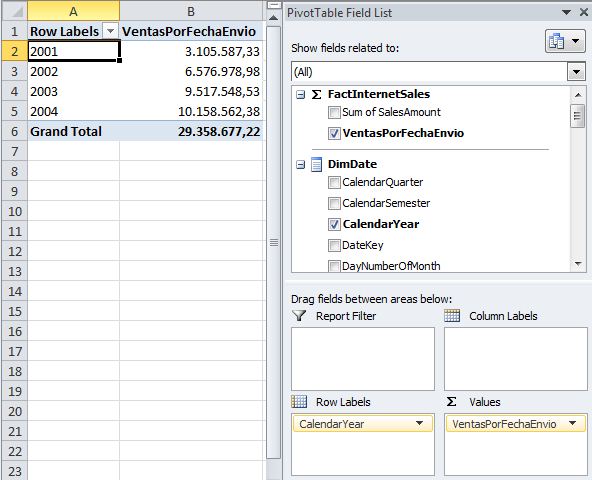
These columns are used in the relationship. Notice the GeographyKey column in the DimCustomer table and the GeographyKey column in the DimGeography table now both each appear within a box. The solid line between these two tables shows this relationship is active, that is, it is used by default when calculating DAX formulas. To view all the columns in a particular table, click and drag on a table edge to expand or make it smaller.Ĭlick the solid line between the DimCustomer table and the DimGeography table. Moving tables does not affect the relationships between the tables.

You can also click and drag tables to different locations, bringing tables closer together, or putting them in a particular order. Include as many of the tables as possible by using minimap controls in the lower-right corner of the model designer. If you don't see any relationships between tables, it likely means there are no relationships between those tables at the datasource.

The lines between tables indicate the relationships that were automatically created when you imported the data. The model designer now appears in Diagram View, a graphical format displaying all the tables you imported with lines between them. To review existing relationshipsĬlick the Model menu > Model View > Diagram View. For this tutorial, you also add three new relationships. In order for Get Data to automatically create relationships in the data model, there must be relationships between tables at the data source.īefore you proceed with authoring your model, you should verify those relationships between tables were created properly. Generally, when you import data from a relational source, existing relationships are automatically imported together with the data. When you imported data by using Get Data, you got seven tables from the AdventureWorksDW database. Review existing relationships and add new relationships Before performing the tasks in this lesson, you should have completed the previous lesson: Lesson 3: Mark as Date Table. This article is part of a tabular modeling tutorial, which should be completed in order. Manually creating relationships is described later in this lesson.Įstimated time to complete this lesson: 10 minutes Prerequisites You will have to manually create all relationships. If you are using a Tabular model, unless it lets you add relations in both directions I fear you'll be out of luck and need to design your data warehouse better using actual fact tables and dimension tables.At this time, the AdventureWorksDW sample default database installed with Azure Synapse Analytics (SQL Data Warehouse) does not have relationships between tables described in this tutorial.

If there is no relation between axis and figures, there is no way a slicer can have impact on the figures.

It's actually fairly obvious why SSAS would behave like that.
#SSAS TABULAR INFER RELATIONSHIPS HOW TO#
See defining dimension relationships for details on how to do exactly that. So in your example you need to go to the cube where the measure group is residing and select dimension relationships and define the relation between your dimension key and the fact table. If you add a dimension to a measure group/cube/fact table the dimension relations are automatically generated based on the relations in the data source view, if a relation isn't present a dimension relation has to be created manually. Yes it has something to do with the relations in your dsv but easy to solve with dimension relationships. What you are seeing is a typical example of a missing dimension relationship.


 0 kommentar(er)
0 kommentar(er)
